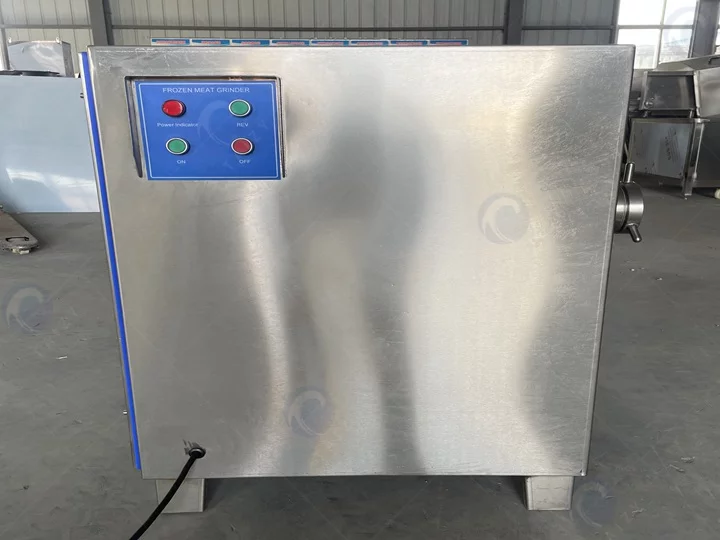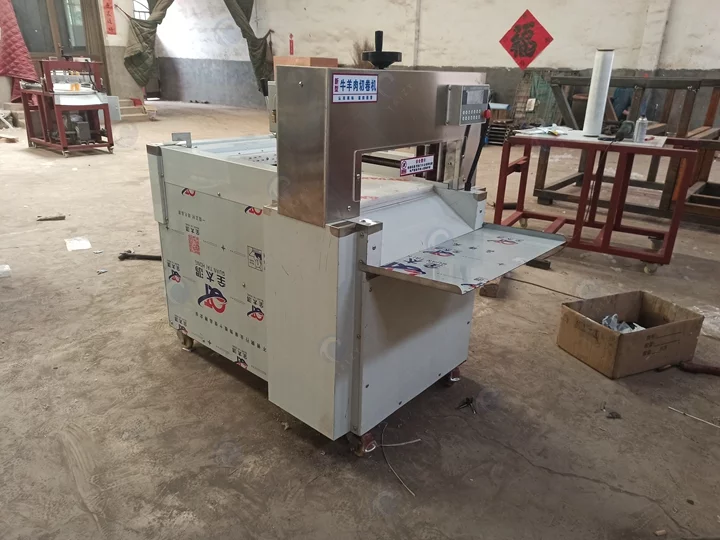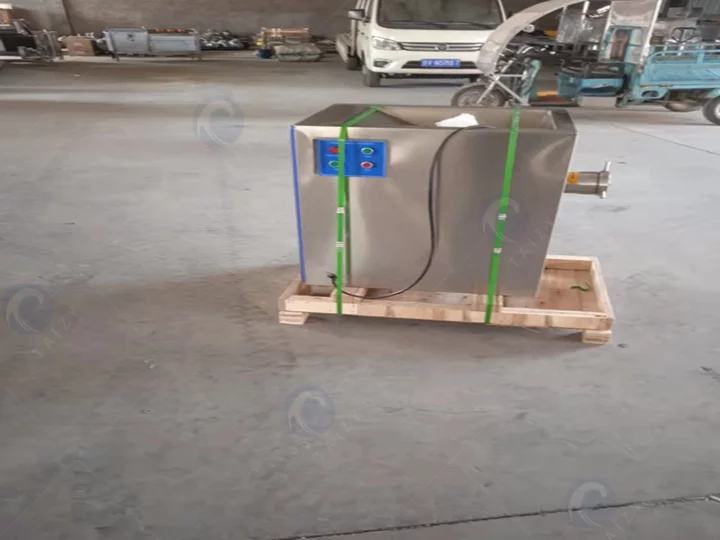Main components of the meat grinder
The meat grinder is a versatile kitchen appliance designed for grinding various types of meats and other ingredients. Whether you’re a culinary enthusiast or a professional chef, a reliable meat grinder is an indispensable tool in your kitchen arsenal. Let’s take a closer look at its intricate structure and how each component contributes to its seamless operation.

1. Hopper:
The process begins with the hopper, the topmost component of the meat grinder. It acts as a receptacle for the raw meat, ensuring a controlled and steady feeding process.
2. Auger or Screw Conveyor:
Just beneath the hopper lies the powerful auger or screw conveyor. This helical-shaped rod serves as the driving force behind the grinding process. When the grinder is activated, the auger propels the meat towards the grinding plate.
3.Grinding Plate:
Positioned within the grinder head, the grinding plate is a crucial element. It features small holes of varying sizes, allowing for customization of the ground meat’s coarseness.
4. Grinding Blades:
Beneath the grinding plate are the sharp, strategically positioned blades. These swiftly cut the meat into smaller pieces as it passes through the holes in the grinding plate.
5. Grinder Head:
The grinder head serves as the central housing for the grinding plate and blades. It’s where the actual grinding process unfolds, transforming raw meat into perfectly ground meat.
6. Motor:
Powering the entire operation is the robust motor. This component provides the necessary energy to drive the auger and grinding mechanism, ensuring a smooth and efficient process.
7. Control Switches:
On the body of the grinder, control switches are conveniently located. They allow users to start and stop the grinder, with some models offering additional settings for speed control.
8. Body and Housing:
Encasing all internal components, the durable body and housing provide structural support. Typically constructed from stainless steel or heavy-duty plastic, they ensure the grinder’s stability and longevity.
9. Safety Features:
Depending on the model, safety features like overload protection and safety switches are integrated, providing an added layer of protection for users.
By understanding the intricate structure of a meat grinder, users can effectively operate and maintain it, ensuring safe and efficient meat processing for various culinary endeavors.


